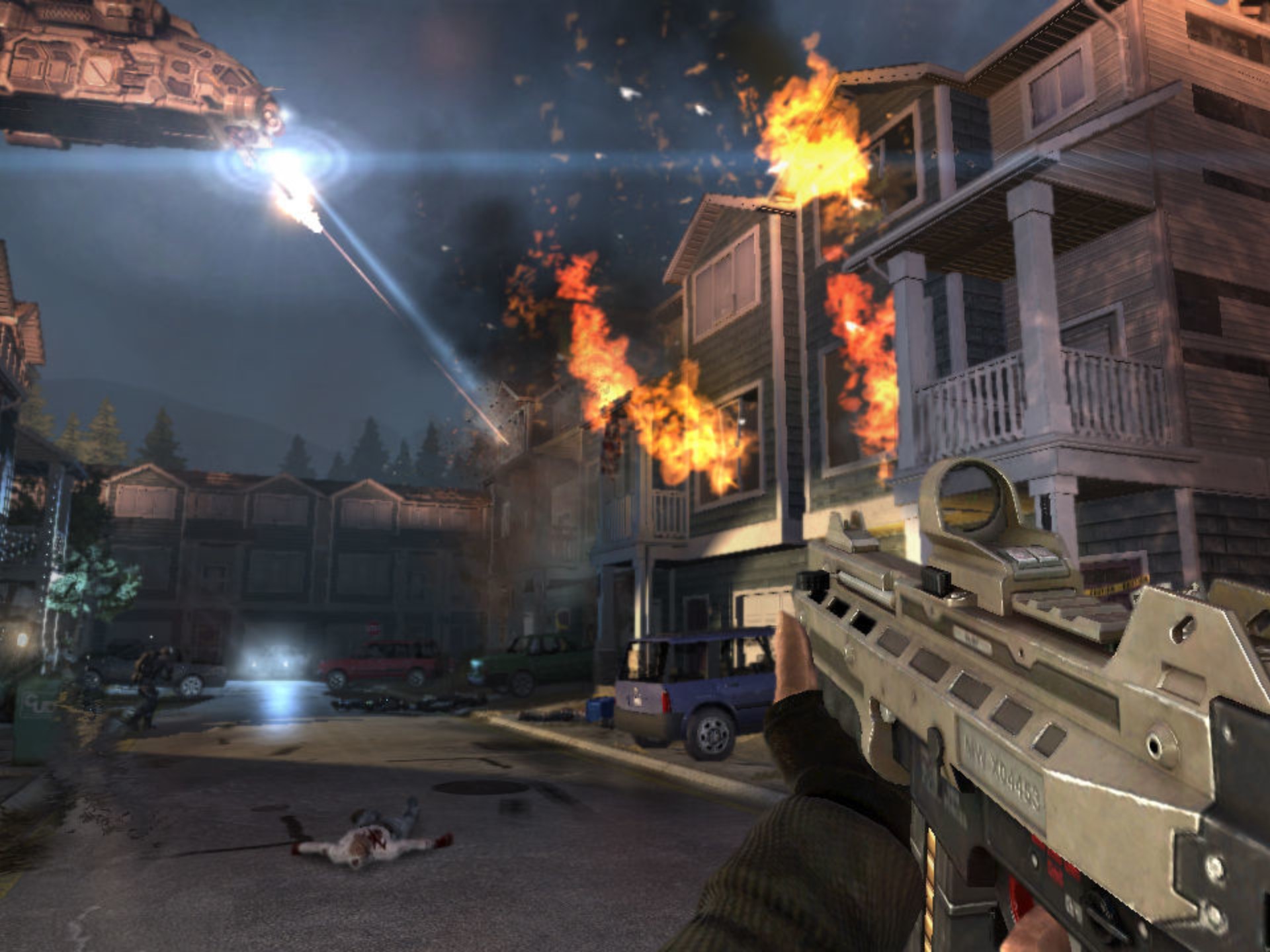Deep Dive: Unpacking the Latest Trends and Tactical Shifts in Modern Gaming
The video game industry is a perpetual motion machine of innovation, controversy, and cultural shifts. For those engaged in deep game coverage, moving beyond surface-level reviews requires a analytical lens, dissecting not just what is being played, but how it's made, why it resonates, and where the technological and philosophical currents are flowing. This analysis delves into the most significant recent developments, offering a professional perspective on their broader implications.

The Meteoric Rise and Refinement of the "Extraction Shooter"
The biggest story in core gameplay loops continues to be the solidification of the extraction shooter genre. While Escape from Tarkov pioneered the hardcore experience, recent months have seen a surge in both high-profile releases and thoughtful evolution of the format.
Key Development: The launches of Delta Force: Hawk Ops and the continued success of Call of Duty: Warzone’s DMZ mode (and its anticipated successor) have moved the genre from a niche, punishing hardcore experience toward a more accessible, yet still deeply tactical, mainstream offering. This "accessibilization" is not a dilution but a refinement. These new entrants are focusing on clearer player onboarding, more streamlined progression systems, and reducing the sheer frustration factor of losing gear, without sacrificing the core tension that defines the genre.
Professional Analysis: This trend signals a maturation phase. Developers are now analyzing the precise mechanics that create the genre's celebrated high-stakes tension—the heart-pounding final sprint to an extraction point, the risk-vs-reward of engaging another squad—and isolating them from the elements that created unnecessary barriers to entry. The strategic depth remains; the punitive "homework" of external market management and overwhelming initial complexity is being carefully redesigned. For deep coverage, the focus should be on how these games balance persistence (what you keep between matches) with perishability (what you risk losing), as this is the core economic and emotional engine of the genre.
The Live Service Reckoning: Quality Over Saturation
The live service model has faced a significant correction. The past year has been marked by high-profile shutdowns of major titles like Suicide Squad: Kill the Justice League and Rumbleverse, mere months after launch. This indicates a critical shift in player behavior and market saturation.
Key Development: Players are no longer willing to invest time and money into a new live service game based on promise alone. The era of the "forever game" is consolidating around a handful of established, quality titans like Fortnite, Destiny 2, and Grand Theft Auto Online. New entries must not only launch with a staggering amount of polished content but also present a crystal-clear, compelling long-term vision to convince players to add another perpetual game to their rotation.
Professional Analysis: This is a market moving from expansion to consolidation. The failure of these games isn't necessarily a indictment of their core design, but rather a failure to understand the immense operational and qualitative threshold required to compete. Deep game analysis must now scrutinize a live service title’s first 100 hours of content and the clarity of its first year roadmap more than its theoretical endgame. The question is no longer "Is this fun?" but "Is this built to last, and does it offer something meaningfully unique that the existing giants do not?" The business analysis is as important as the critical review.
AI Integration: From Gimmick to Game Development Toolchain
The hype around generative AI is permeating game development, but the most impactful applications are often less flashy than AI-driven NPCs.
Key Development: Studios are increasingly leveraging AI tools in their production pipelines. This includes using AI for procedural content generation (creating vast, varied landscapes more efficiently), automated bug testing (simulating thousands of hours of gameplay to find crashes and exploits), and localization assistance. NVIDIA's ACE technology, which demoed dynamic NPC conversations, showcases the potential future, but its practical, widespread implementation is still on the horizon.
Professional Analysis: The ethical and practical debates are fierce. While AI can dramatically reduce development time and costs for routine tasks, freeing up human creatives for higher-level design, it also raises serious concerns about artistic integrity, job displacement, and the training of models on copyrighted artwork. Deep coverage here must be technically informed and ethically considerate. The story isn't just that "AI is in games"; it's about how it's reshaping the very process of creation, for better and for worse. The most successful implementations will be those that augment human creativity rather than seek to replace it.
The "Comfy Core" Phenomenon and Palworld's Paradox
The unprecedented success of Palworld early in 2024 cannot be overlooked. Dubbed "Pokémon with guns," its success story is more nuanced than its meme-friendly description.
Key Development: Palworld sold millions of copies in its first week by expertly blending genres. It merged the addictive creature-collection loop of monster-taming games with the deep survival-crafting mechanics of titles like Ark: Survival Evolved and a darkly satirical tone.
Professional Analysis: Palworld’s success is a masterclass in understanding hybrid genres and "comfy core" gameplay. It offers a power fantasy—building a base, automating production using captured Pals, and exploring a vast world—that is both challenging and deeply satisfying. Its janky, early-access state was forgiven because the core synergistic loop was so compelling. This signals a growing player appetite for complex, interconnected systems that allow for emergent storytelling and personal player agency. It proves that a clear, fun vision executed competently can trump graphical fidelity and polished PR campaigns.
Conclusion: A Industry in Reflexive Evolution
The state of the game industry is one of reflexive evolution. Trends are born, over-saturate the market, and then contract, leaving behind a stronger, more refined version of the original idea. The extraction shooter is being honed for a broader audience. The live service model is being stress-tested, with only the most robust and player-respectful surviving. Technology like AI is being pragmatically integrated into the toolchain, not just used as a marketing buzzword.
For those providing deep coverage, the mandate is clear: look beyond the graphics and the hype. Analyze the systems, understand the business models, interrogate the technology, and always, always listen to what the players are actually doing and why. The most interesting stories are no longer just found in the games themselves, but in the intricate dance of design, technology, and culture that brings them to life.


















